Understanding Humidity
Humidity is a measure of the amount of water vapor present in the air. It plays a crucial role in our daily lives and has various impacts on the environment, health, and comfort.
Types of Humidity
There are several types of humidity measurements, including:
- Relative Humidity: This measures the amount of water vapor present in the air compared to the maximum amount the air can hold at a specific temperature. It is expressed as a percentage.
- Absolute Humidity: This represents the actual amount of water vapor present in a unit volume of air, typically expressed in grams per cubic meter.
- Specific Humidity: This measures the mass of water vapor per unit mass of air, often expressed in grams of water vapor per kilogram of air.
Effects of Humidity
Humidity levels can have various effects, including:
- Comfort: High humidity can make the air feel warmer than it actually is, leading to discomfort, while low humidity can cause dry skin and respiratory issues.
- Health: High humidity can promote the growth of mold and mildew, which can contribute to respiratory problems, while low humidity can lead to dryness of the respiratory system.
- Environment: Humidity plays a role in weather patterns, cloud formation, and precipitation.
Measuring Humidity
Humidity is measured using instruments called hygrometers. These devices can provide accurate readings of relative humidity, absolute humidity, or specific humidity.
Managing Humidity
Controlling indoor humidity levels is important for maintaining a comfortable and healthy environment. This can be achieved through the use of humidifiers and dehumidifiers, as well as proper ventilation and insulation.
.◂Math Worksheets and Study Guides Third Grade. Graphs and Charts
Study Guide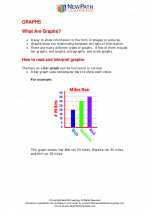 Graphs and Charts
Graphs and Charts  Activity Lesson
Activity Lesson Wheel Problems
Wheel Problems  Activity Lesson
Activity Lesson Snail's Pace
Snail's Pace  Activity Lesson
Activity Lesson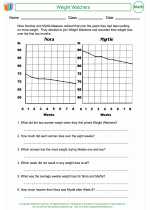 Weight Watchers
Weight Watchers  Worksheet/Answer key
Worksheet/Answer key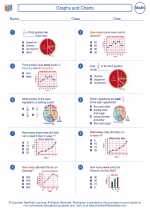 Graphs and Charts
Graphs and Charts  Worksheet/Answer key
Worksheet/Answer key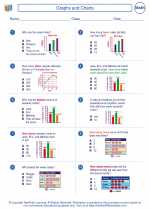 Graphs and Charts
Graphs and Charts  Worksheet/Answer key
Worksheet/Answer key Graphs and Charts
Graphs and Charts  Worksheet/Answer key
Worksheet/Answer key Graphs and Charts
Graphs and Charts  Worksheet/Answer key
Worksheet/Answer key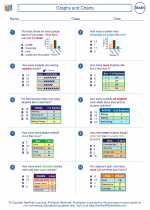 Graphs and Charts
Graphs and Charts  Worksheet/Answer key
Worksheet/Answer key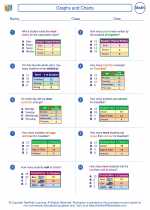 Graphs and Charts
Graphs and Charts  Worksheet/Answer key
Worksheet/Answer key Snowfall Pictograph
Snowfall Pictograph  Worksheet/Answer key
Worksheet/Answer key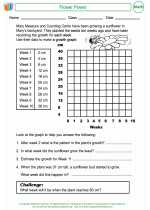 Flower Power
Flower Power  Worksheet/Answer key
Worksheet/Answer key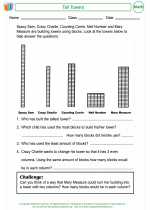 Tall Towers
Tall Towers  Worksheet/Answer key
Worksheet/Answer key Sensational Scores
Sensational Scores  Vocabulary/Answer key
Vocabulary/Answer key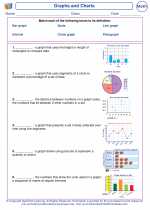 Graphs and Charts
Graphs and Charts 

 Activity Lesson
Activity Lesson
 Activity Lesson
Activity Lesson
 Activity Lesson
Activity Lesson
 Worksheet/Answer key
Worksheet/Answer key
 Worksheet/Answer key
Worksheet/Answer key
 Worksheet/Answer key
Worksheet/Answer key
 Worksheet/Answer key
Worksheet/Answer key
 Worksheet/Answer key
Worksheet/Answer key
 Worksheet/Answer key
Worksheet/Answer key
 Worksheet/Answer key
Worksheet/Answer key
 Worksheet/Answer key
Worksheet/Answer key
 Worksheet/Answer key
Worksheet/Answer key
 Worksheet/Answer key
Worksheet/Answer key
 Vocabulary/Answer key
Vocabulary/Answer key

The resources above cover the following skills:
Connections to the Grade 3 Focal Points (NCTM)
Data Analysis: Addition, subtraction, multiplication, and division of whole numbers come into play as students construct and analyze frequency tables, bar graphs, picture graphs, and line plots and use them to solve problems.